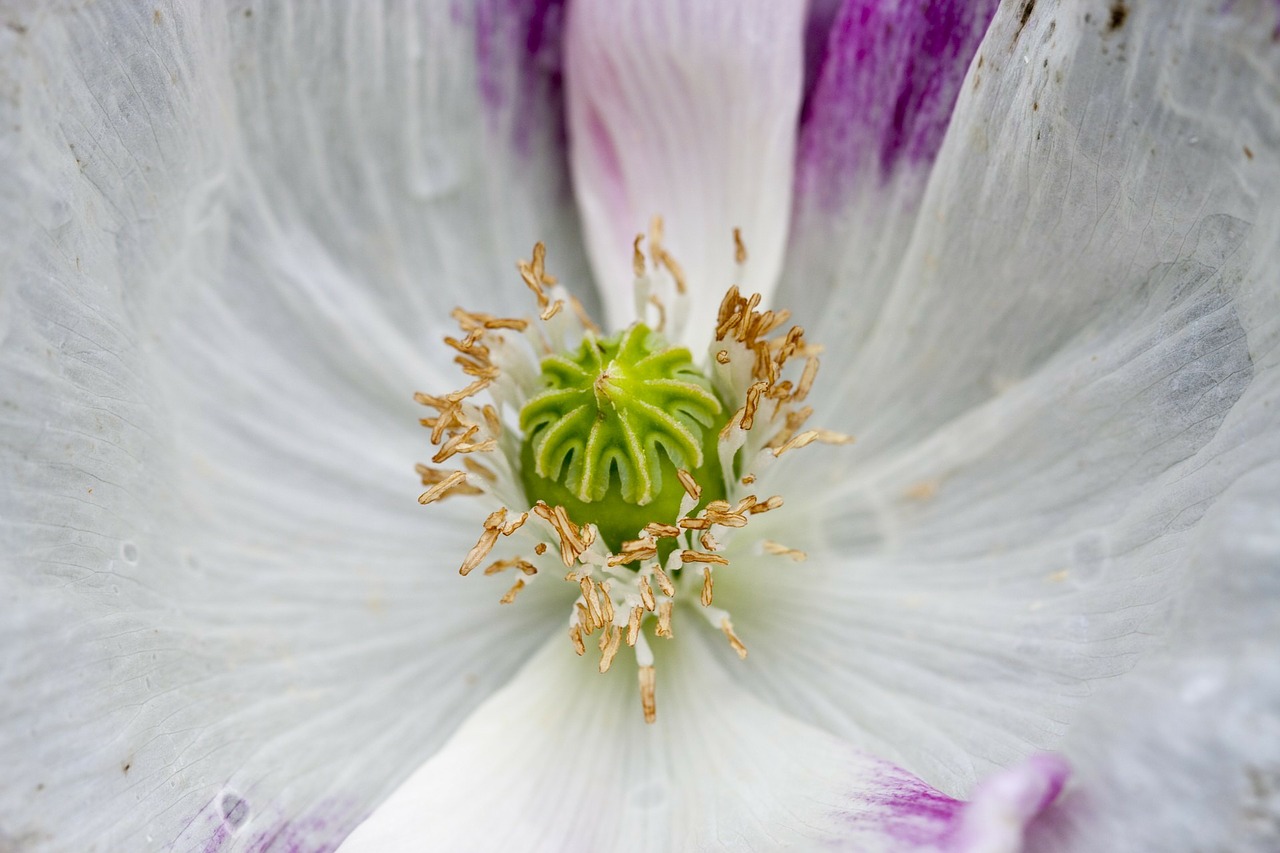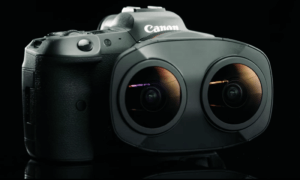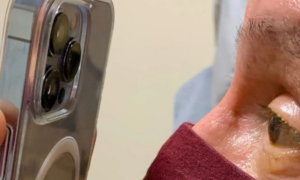You’re drawn to beautiful textures, interesting shapes, colors blending, nature and food. If that description fits the bill, you’re probably attracted to macro photography. This branch of photography puts great emphasis on details, therefore requires still, aesthetically-pleasing subjects and special gear. If you’re not quite sure where to start, what to buy and how to use it, here are some tricks of the trade.
GEAR
- Macro lenses are your best bet if you intend to pursue macro photography seriously. They have different focal lengths. The standard ones are between 60-105mm focal length, the short ones do the trick at 30-50mm and the tele-macro lenses can be found at 150-200mm focal length. You will need the latter if you love to capture small insects or birds minding their own business at far distance.
- Extension tubes are pretty good contenders. Much more affordable than lenses, these rings fit between your normal lens and the camera mount. By pushing forward the lens, they can magnify the subject. The only problem is that your lens won’t be able to focus on distant objects anymore and you risk damaging the camera sensor by exposing it so often.
- Macro filters are meant to be attached on the front of the lens, many times being stacked to improve magnification ratio. They’re not bad, if you go for a narrow aperture.
SETTING
- DOF (depth of field) depends on aperture value and magnification. Keep this piece of information in mind: the higher the magnification ratio setting (no matter what aperture you set), the smaller the DOF.
- If you’re having a hard time focusing on the point of interest, leaving you with a less than sharp image, check the aperture. At f/11, you should get the effect you want, but if you’d like to a bigger DOF, simply take it to f/16 or f/22.
- A tele-macro lens shows its worth when you’re shooting things in motion. To really freeze those in time (and on camera), make sure you set a high shutter speed.
- Diffraction can be a mood killer in macro photography, when you’re shooting at smaller apertures. The image’s edges get fuzzy, no matter how many times you shoot. In order to avoid this, keep the aperture larger than f/16 or use selective focus over multiple images and layer them in post-production.
Follow TechTheLead on Google News to get the news first.























